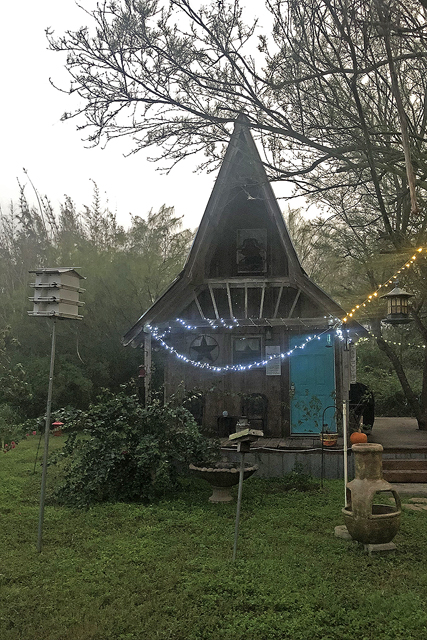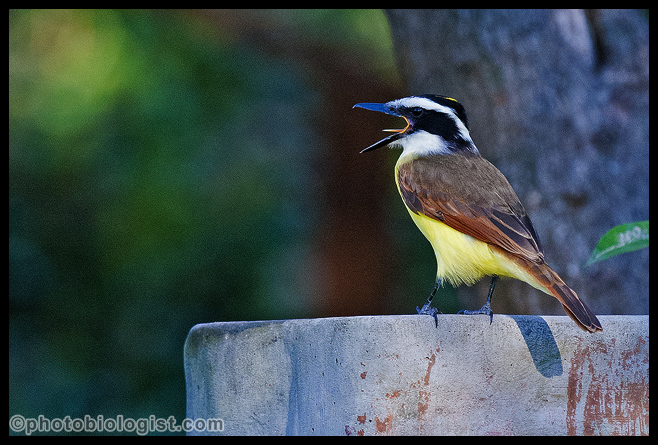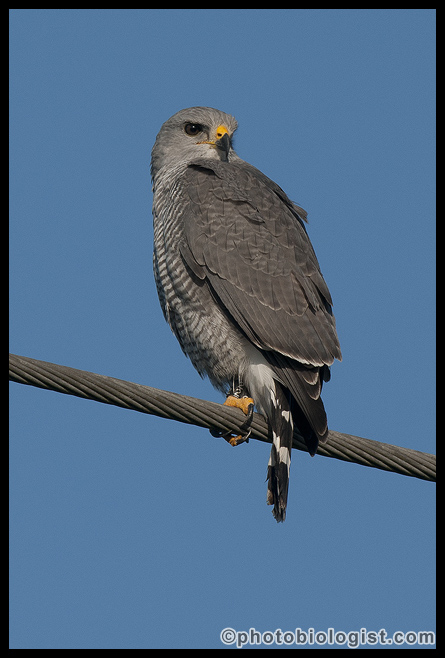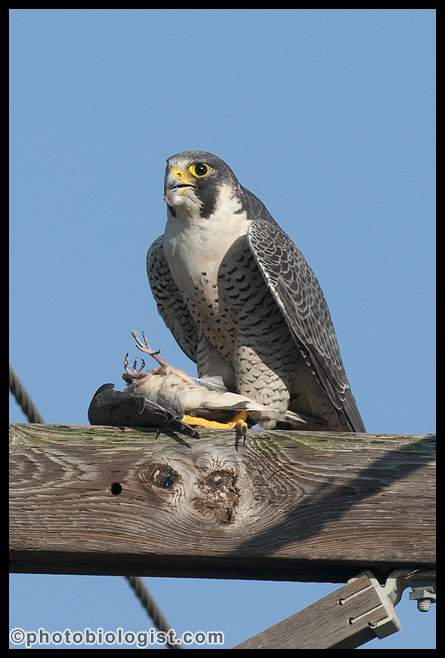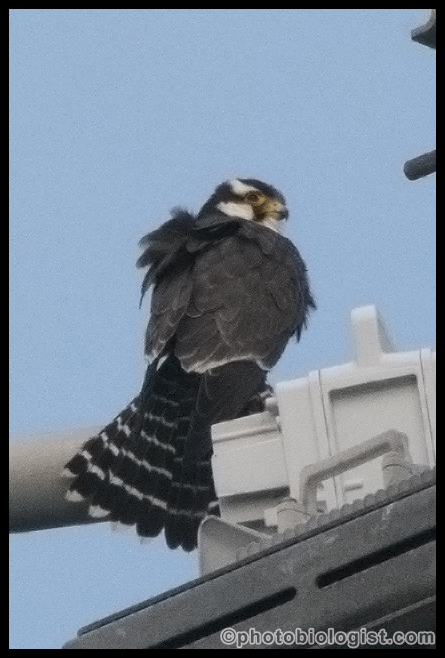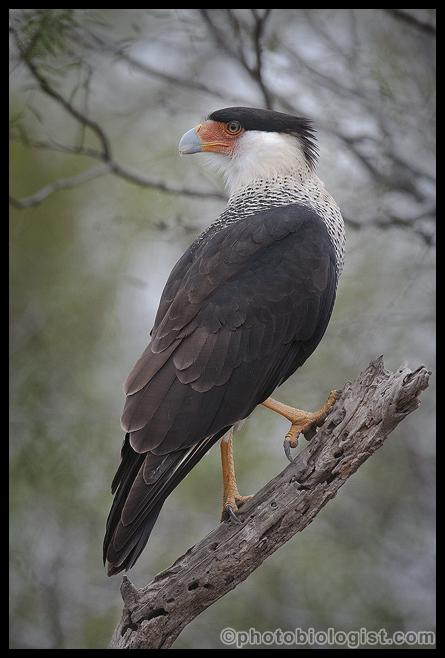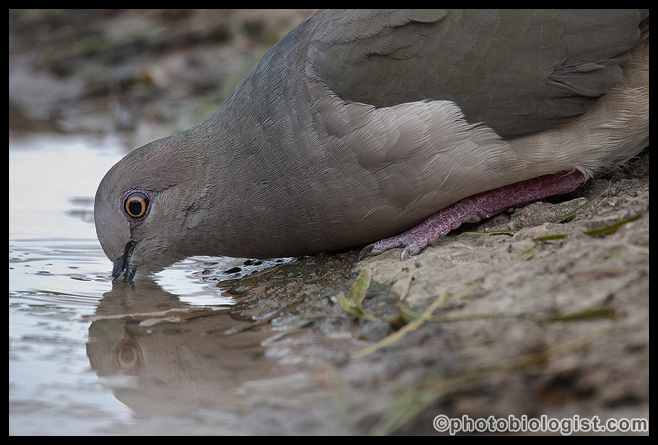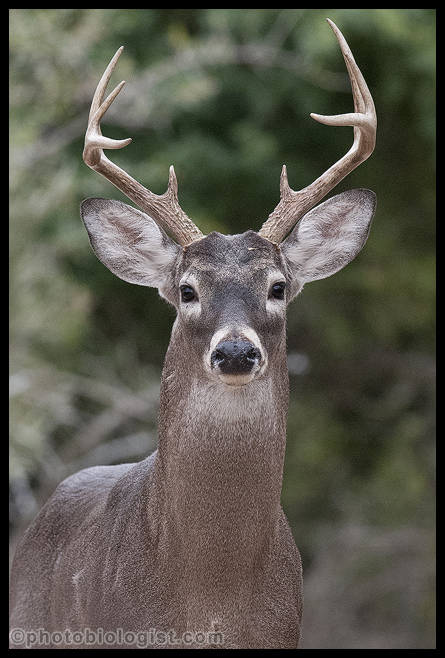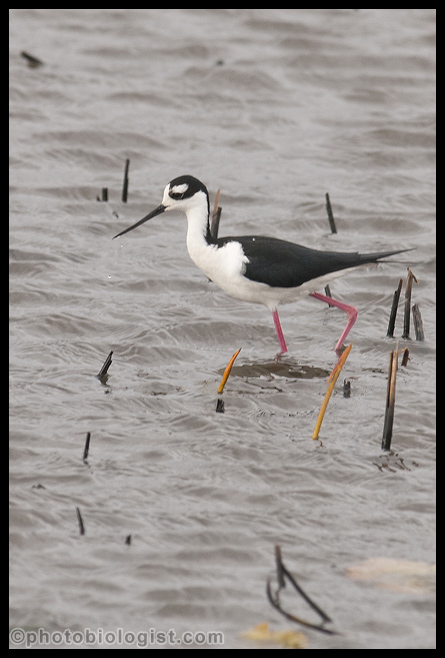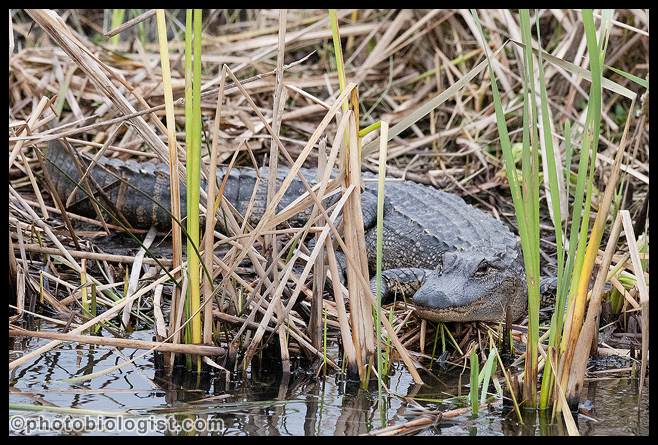It all started out innocently, as most things do. This adventure started with me seeing a simple Facebook post. A friend shared that the Gulf Coast Bird Observatory (https://www.gcbo.org/) was having an on-line experience auction as a fundraiser. I bid on a few of the experiences, not expecting to be the high bidder, but I won a day of raptor photography with Bill Clark down in south Texas in January or February of 2022. With Covid 19 rates going back up exponentially, I was a little worried. But I figured I could take some food, eat mostly drive-through food, and interact with just a very few people – mostly outdoors. So, in early January, I made plans with Bill, plans to visit the “birthplace” of the Texas photo ranch with Patty Raney, and plans to swing by a cool National Wildlife Refuge on my way home.
Day 1 – Travel and Little Oasis Casita
I loaded my truck with camera gear, and headed south – for hours and hours! It was as smooth and easy a trip to the Rio Grande Valley, as I have ever made – right at 11 hours of driving time.
My first non-gasoline stop at the Little Oasis Casita (https://www.airbnb.com/rooms/26024563?source_impression_id=p3_1642616685_TEXTz6YnymeTxIwQ&guests=1&adults=1) where I’d be staying. I booked the Little Oasis Casita through AirBnB, and it was perfect! It wasn’t far off of Interstate 2, close to lots of food options, but in a quieter suburban area. The property actually had 2 casitas on it, though I was the only renter while I was there. (The other casita is called Birders Paradise – https://www.airbnb.com/rooms/48103467?check_in=2022-02-18&check_out=2022-02-20&federated_search_id=e9713b4d-f7b1-4f40-836c-e630bf28cb79&source_impression_id=p3_1642617357_nB6Wuos7pTs5OJ4s&guests=1&adults=1 ). The casita was very clean, well appointed, and had a whole shelf of south Texas bird books! The hosts were great!
The property also had at LEAST 17 bird feeders and 5 bird baths, all with fresh food or water. When I pulled through the fence, I saw birds – lots of birds. I did manage to spend an hour photographing right from the parking area. In that hour, I saw green jays, great kiskadees, black-crested titmice, long-billed thrashers, 5 species of doves, and more. Lots of Rio Grande Valley specialties right where I was staying! There was also a small flock of chacalacas that roosted in the Texas wild olive right by the porch of my casita. I saw them every morning or night, but never in “good” light – I needed to be there in the evening when they fed through the yard before going to roost. That was my biggest problem at the Little Oasis Casita – that I didn’t spend enough time there! I also saw parrots fly overhead – and saw a flock of 70+ green parakeets a couple of miles away. I also saw a few red-crowned parrots. I kept meaning to make time to photograph the parrots, but I never was ready or had time when I saw them. I also made a decision that I’d rather have good pictures of some of the Rio Grande Valley specialties than spend time getting an “okay” image of the two true rarities that I was within a very few miles of – a social flycatcher and a bat falcon.
Day 2 – Raptor Photography with Bill Clark
Bill Clark (http://www.raptoursllc.com/guides/bill-clark)came to pick me up the next morning, and off we went to find some raptors! The fog was just burning off. We didn’t make it very far at all (less than a mile) before we found a Cooper’s hawk perched in the sun trying to dry off the morning fog/mist.
Bill knew where a LOT of Rio Grande Valley raptors liked to spend their winter. We made a loop through a neighborhood and picked up a very cooperative gray hawk – which also happened to be banded and wearing a radio transmitter. We opted to not try for the flock of parrots (because I KNEW that I’d have plenty of chances to photograph them later – which sure didn’t happen!). I’m not exactly sure where and all we drove, but I bet we covered 200 or more miles – most of it on county roads – and saw HUNDREDS of raptors, including a pair of Aplomado falcons. We did a little back-tracking to see some areas in different light, but I know we saw Harlingen, Rio Hondo, Los Fresnos, Laguna Vista, Arroyo City, Raymondville, and more! We stopped and photographed well over 30 groups of raptors, opting to skip a few because of traffic, and others because of lighting.
I didn’t use a short lens all day, but I did grab a few shots with my cell phone. For the most part, we were shooting out of the vehicle window on bean bags, though at times we did stop, and I’d pull out the tripod. Some of my favorite shots included Harris’ hawks and a peregrine falcon with a mourning dove. The Aplomado falcons were a pretty good distance away, and the best shots I got of them had to be cropped down, even using a 600 mm lens with a 2x teleconverter on a crop factor body (1800 mm lens equivalent!).
I think the favorite thing I saw was a flock of hawks feeding over a burning sugar cane field. There were at LEAST 72 white-tailed hawks, 2 red-tailed hawks, a few great crested caracaras, and a few vultures. The white-tailed hawks were catching large flying grasshoppers on the wing and eating them. The birds congregated again when the field was picked, but the picking crew had shut down about the time we got to the field where they were harvesting the sugar cane.
When Bill brought me back to the Little Oasis Casita, he was kind enough to sign some of his raptor books for me!
Day 3 – Martin Refuge Photography with Patty Raney
Patty Raney is a great photographer and naturalist who is the main guide at the Martin Refuge (as well as guiding on a few other photo ranches as well). I was to meet Patty shortly after daylight at the gate to the Martin Refuge – only a scant few miles north of the Rio Grande River. Day three started off cold, windy, and darkly overcast – and remained that way pretty much all day as Patty had predicted the day before. However, knowing overcast days allow for great photo detail (if not great shutter speed) and having been cold before, I opted to go ahead with my visit to the Martin Refuge (https://martinrefuge.com/index.html). I consider the Martin Refuge to be the “home” of the Texas photographic ranch. John and Audrey Martin’s land ethic and desire to share the ecology of the area through wildlife photography drove what became the Images for Conservation Fund (https://imagesforconservation.org/) and the concept of photo ranches and contests that has resulted in so many great images, and a lot of conserved land and better educated people.
We started off the day in a “raptor” blind, though raptors were certainly not the only things that showed up! Harris’s hawks, crested caracaras, turkey, and black vultures photo opportunities were present in spades! A large female coyote came to visit a few times as well. There was a plethora of songbirds coming, which included several Rio Grande Valley specialties like green jays, great kiskadees, golden-fronted woodpeckers, black-crested titmice, pyrrhuloxia, lark sparrows, and more!
After lunch and a quick tour of the rest of the Martin Refuge (during which we saw several deer, including one very nice, mature buck), we repaired to our afternoon blind of choice to target more small birds. I think all of the mornings’ suspects (less the pyrrhuloxia) showed up along with a few other species like curve-billed thrasher, long-billed thrasher, and white-tipped dove. The green jays were especially cooperative. We had another coyote within a few yards of the blind, but I moved waaaay to fast for it to be comfortable posing for a shot. The white-tailed buck that materialized in front of the blind, did cooperate for several frames before melting into the thick, spiny Texas brush country. And as we finished up the day, one of the peccary herds came out to feed back at the palapa.
Day 4 – Non-photography, Travel, and Anahuac National Wildlife Refuge
I had planned to photograph more birds around the Little Oasis Casita on my last morning in the Rio Grande Valley. Unfortunately, it was foggy, misty, and overcast again with the fog not predicted to lift until the late morning. I sat on the porch of the casita as the plain chachalacas started stirring on their roost before gliding down and feeding right in front of me when it was still MUCH too dark for a decent image – though I did grab a cell phone shot or three… I waited more as other birds began to call, and kept checking the weather before deciding that rather than sit and twiddle my thumbs for 3+ hours waiting on the fog to lift, I could have ¼ of my drive back home out of the way – plus arriving at Anahuac National Wildlife Refuge a little ahead of schedule – so I started out.
Driving north wasn’t bad, and I turned around a few times for deer, peccaries, and feral hogs in the pastures along the road. They all placidly fed until my truck would slow down, and then they would either melt into the cover or leave in a high gear. Unfortunately, the closer I got to Anahuac National Wildlife Refuge (https://www.fws.gov/refuge/anahuac/), the drearier the day got until it was misting rain off-and-on. Anahuac NWR is in Texas’ coastal chenier or prairie and has lots of cool waterfowl, wading birds, sparrows, and more because of it’s management of grazing, prescribed fire, and water levels. And a lot of those birds are accessible along a wildlife drive or internal refuge gravel roads. A lot of the smaller winter birds were deep in cover as the rain came and went, but there were a few photo opportunities for waterfowl, wading birds, and even another peregrine falcon. However, an hour before I had planned to be done photographing (based on sunset), it got too dark to photograph well and the rain started falling. Rather than go check into a local inn for more photography the next morning as planned, I realized that I could be home only a few hours after my normal bedtime if everything went well, so back to the road I went, and I got to sleep in my own bed!
The only problem that I had with this whole trip was that I really should have spent more days everywhere I went! I guess it’s just another reason to go back!
